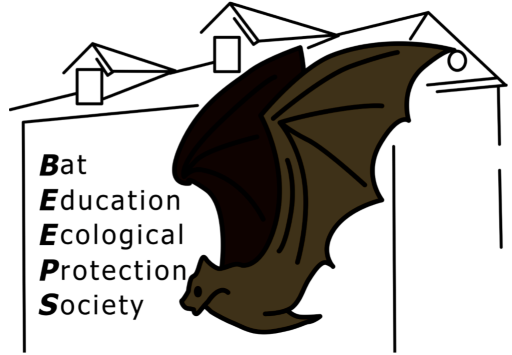
Latest News & Events

A community bat educational program was established in 2011 to promote public awareness of the colony of bats inhabiting the attic of the Peachland Historic School and raise awareness of the vital contributions they make to a healthy ecosystem. The confirmation by biologists of this large maternity colony saved the building from demolition as a protected species habitat, and in 2015, thanks to a passionate core group of volunteers, BEEPS was registered in BC as a not-for-profit society.
Through corporate sponsorship and fundraising, we purchased and installed the first camera in the attic roost, streaming live footage of bat activity. This inaugural project continues to expand, providing a unique view of humans cohabitating with bats, through a fascinating experience that draws and engages visitors from near and far. The bat population can be seen at twilight on summer evenings as they exit the roost to forage, keeping Peachland virtually mosquito-free, even along the waterfront. BEEPS conducts regular Bat Counts as part of our educational programs, sharing the data collection with a number of scientific and conservation groups. Come on out at dusk on Fridays in the summer, we need as many eyes as possible on the exit points to count the hundreds, sometimes thousands of bats swooping out to forage.






On the high-tech front, as with all electronics, BEEPS equipment must be upgraded and expanded to remain current and access a wider variety of accurate data in a timely manner. As monitoring equipment evolves, it allows a clearer, more comprehensive overview of the conditions in the attic, the number and type of bats roosting there, plus their health and wellbeing. This tracking is shared across a number of groups, including bat enthusiast members of the public. Over time, we have added the following equipment to our arsenal to complement the initial camera installation. An ANABAT Roost Logger is a very low-power bat detector designed to work at and around caves, mines, and other roost sites to measure bat activity, by recording bat calls. Combined with two Hobo Temperature & Humidity Loggers, these devices record data on species identification, hibernation departure and return dates, and the correlation of colony movement within the attic relative to fluctuations in temperature and humidity. We are delighted to have upgraded infrared video cameras in various sections within the attic to provide close-up views of bats during the day and as they leave the roost to forage each evening; a virtual “BatCam” broadcast in real-time, available to all online bat enthusiasts; echometers and acoustic recorders to identify bat species and numbers by their calls. There is one audio recorder in the attic roost along with portable devices to record calls during evening bat counts and trail walks.






